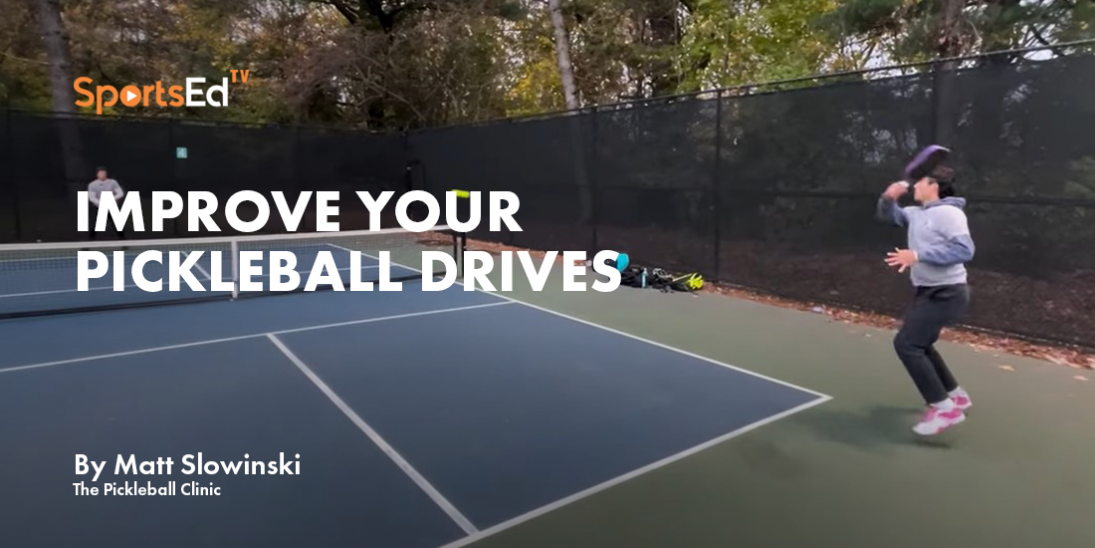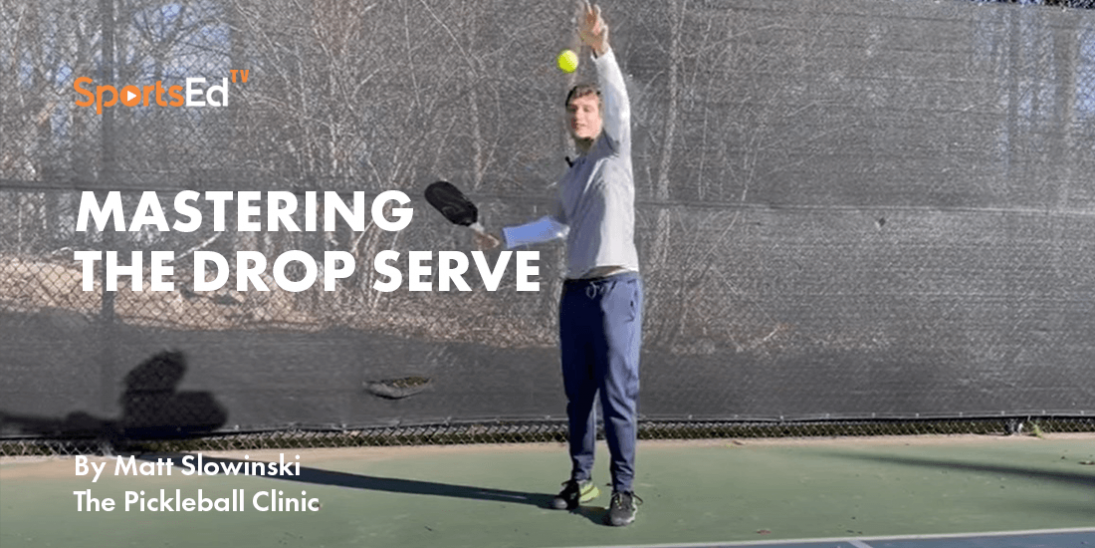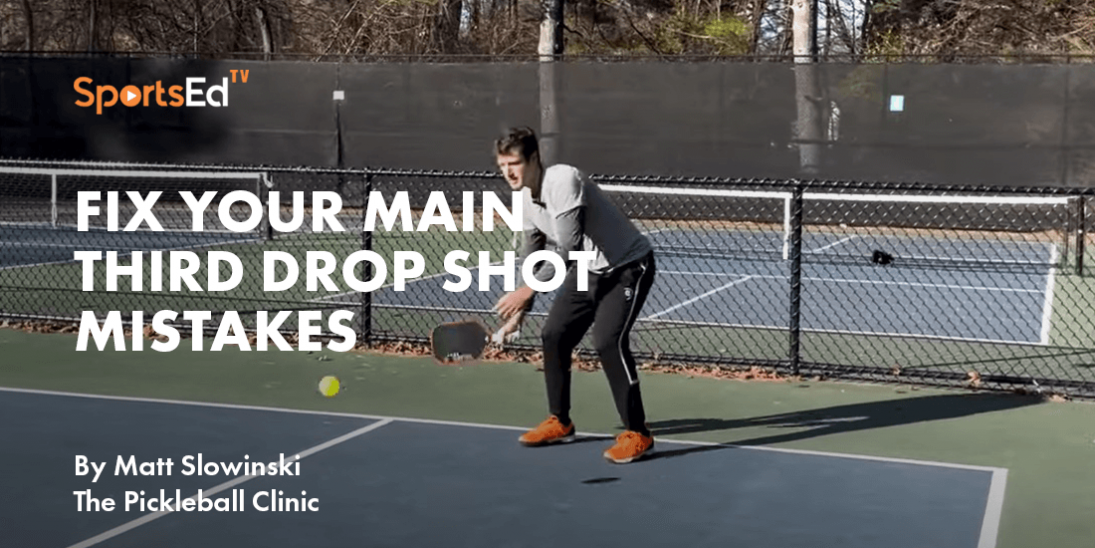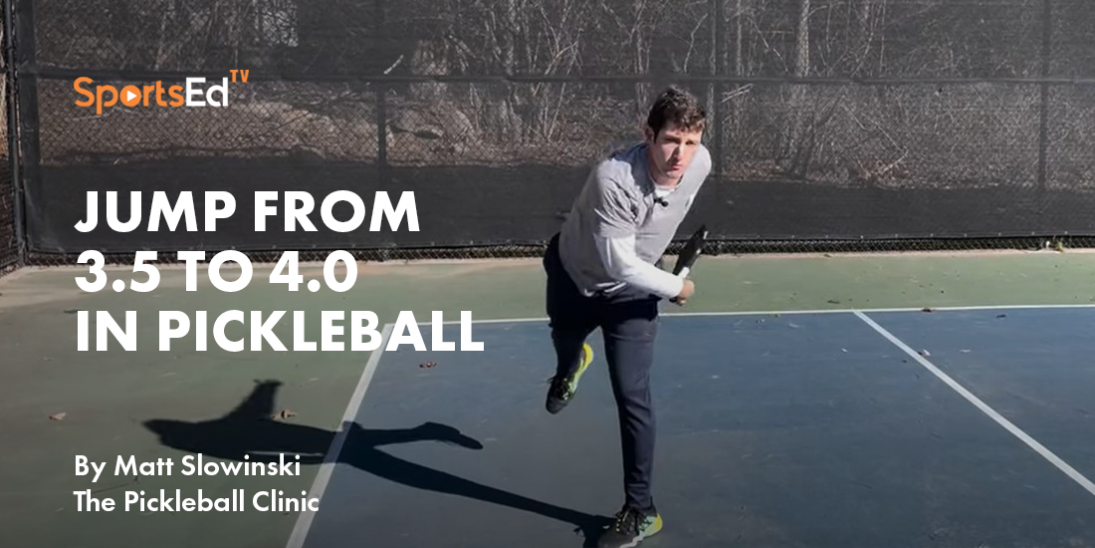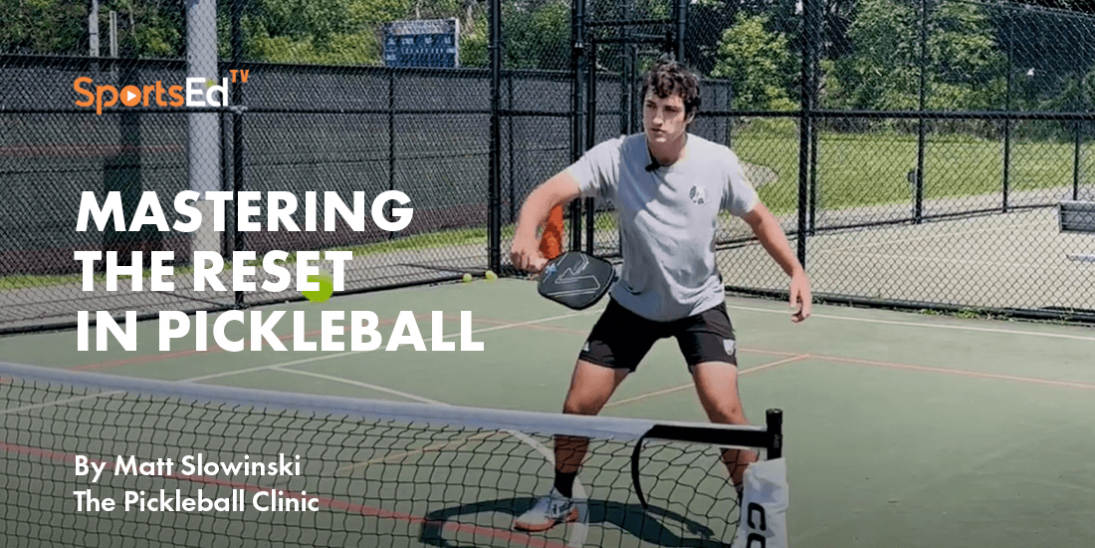Pickleball
Welcome and thanks for visiting...

The Backhand Flick In Pickleball: A Great Weapon
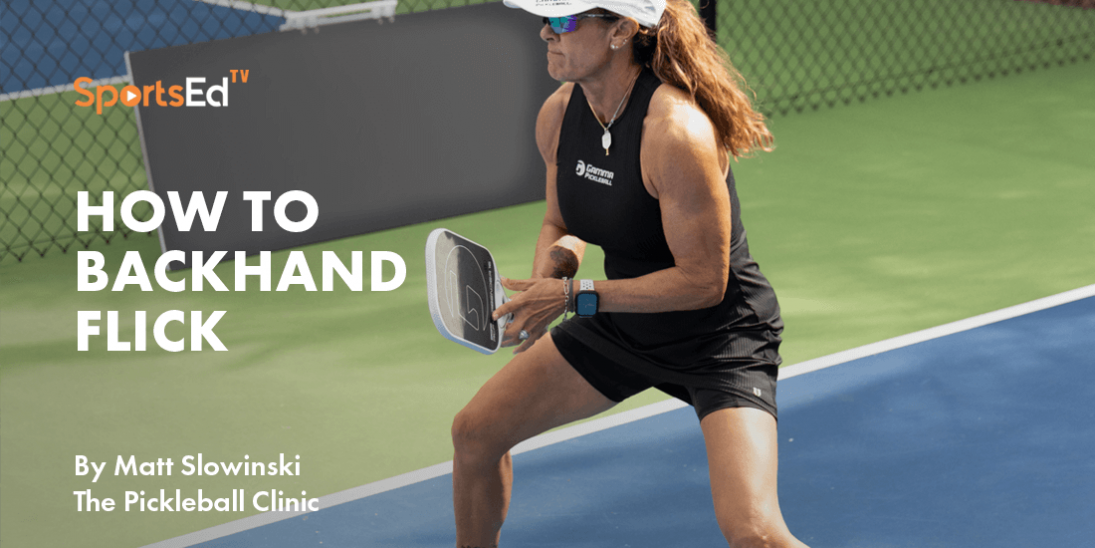
In the world of pickleball, reaching the 5.0 level and beyond demands refining both offensive and defensive techniques. One shot that can make a significant difference in your offensive game is the backhand flick. Whether you aim to dominate high volleys from your backhand side or efficiently attack from the tricky "yellow zone," this guide will walk you through the essentials of executing this versatile move.
Why the Backhand Flick?
In lower-level play (4.0 and under), players often reset high backhand volleys or back up to return them as deep dinks. However, the backhand flick provides an offensive option that allows you to capitalize on opportunities where opponents may expect a more conservative response. By learning to attack off your backhand side, you'll keep your competitors on their toes and elevate your game.
Understanding the Attack Zones
-
Green Zone: This is your go-to attack zone. Typically, from chest height and above, shots in this area are prime opportunities to unleash your full offensive power. Even if you're stretched or off-balance, attacking here remains highly advantageous.
-
Yellow Zone: Extending from below the green zone to thigh level, the yellow zone requires caution. Here, shots often fall below net height, demanding precise use of topspin. The backhand flick thrives in this space, helping you control the ball's trajectory and place it in positions that challenge your opponent.
-
Red Zone: Anything below your knees is a danger zone. Attacking here often sends the ball directly into your opponent's green zone, where they can launch an easy counter-attack. The risk of errors is also high, as hitting soft will leave you vulnerable, while hitting hard will often result in the ball going out.
Critical Elements of the Backhand Flick
-
Paddle Angle: Start with your paddle angled down to ensure the proper upward trajectory and topspin required for the flick. This angle lets you lift the ball above the net while keeping your shot challenging for your opponent.
-
Paddle Position: Keep your paddle in front of you with a straight elbow to give you room for forward extension. This positioning generates power and lets you efficiently reach shots in front.
-
Knee Bend: Bend your knees to get low, helping you swing upwards and under the ball. The topspin you create here will help the ball drop into your opponent's court quickly and accurately.
-
Balance: Use your non-dominant arm to pull back and stabilize your body during the swing. Maintaining balance is crucial to prevent overstepping into the kitchen and losing points due to violations.
-
Tennis Comparison: The backhand flick borrows from the one-handed backhand in tennis. Drawing your shoulder blades together at the end of your swing will enhance your form and accuracy while maintaining stability.
Practicing the Backhand Flick
-
Warm-Up: Start by warming up with simple backhand volleys, keeping your paddle angle consistent and your swing relaxed.
-
Shadow Practice: Perform the backhand flick without a ball to practice your positioning, balance, and paddle angle. Focus on the movement itself to ensure fluidity.
-
Controlled Drills: Work with a partner to receive high volleys and yellow-zone shots repeatedly. Gradually increase speed and intensity to simulate game situations.
-
Target Practice: Place targets in various areas of the opponent's court and aim for them with your backhand flick. This will help improve your shot placement and accuracy.
-
Game Simulation: Integrate the flick into practice games or point-based drills. This will help you learn when to execute it and develop situational awareness.
The backhand flick is a versatile and effective shot that can help you dominate high volleys and convert yellow-zone shots into winners. By understanding your personal attack zones and practicing these key fundamentals, you can confidently integrate the backhand flick into your offensive repertoire.
Check out the above video demonstration of the backhand flick technique to see it all come together on the court!



